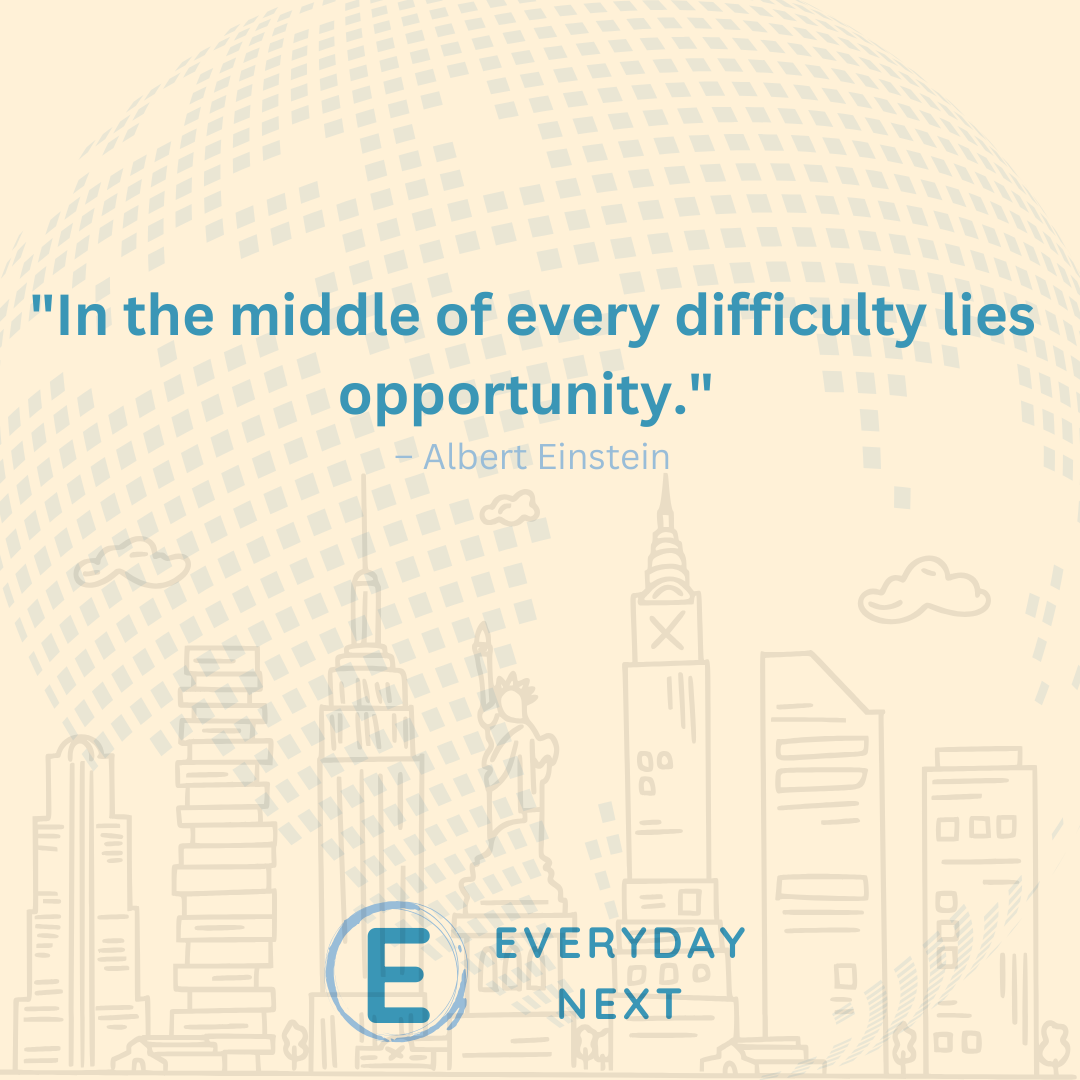
Generative AI Revolution: Top Opportunities and Threats in 2025
The world of technology is changing fast. At the heart of this change is generative AI. In 2025, it is one of the most talked-about tools in business, tech, and investing. From creating images to writing reports, this Powerful Technology is reshaping how we live and work. But with great power comes both big chances and serious risks. AI offers exciting ways to grow, create, and earn. At the same time, it raises concerns about jobs, privacy, and fairness. In this article, we’ll explore what generative AI is, where it’s going in 2025, and what it means for your money and the future.

What Is Generative AI?
Generative AI is a type of artificial intelligence that creates new content. This can be text, images, music, video, code, or even voice. It learns from data, then uses that knowledge to make new things. Popular tools like ChatGPT, Midjourney, and DALL·E are all powered by generative AI. They can write stories, build art, design ads, or even help with software. In 2025, these tools are smarter, faster, and easier to use than ever before. And more people, from big businesses to freelancers, are using them every day.
Big Opportunities in Generative AI
There are many ways generative AI is opening doors in 2025. Let’s look at some key opportunities:
- Creative work at scale: Designers, writers, and marketers can create faster with AI tools. A small team can now do what once took a large company.
- Business automation: Reports, emails, and presentations are being made by AI, saving time and money.
- Startups and small firms: Anyone can now build apps, websites, or content without needing a large budget.
- Healthcare and science: Generative AI is helping create new drugs and diagnose illnesses more accurately.
- Education tools: Students and teachers now have custom learning plans, powered by AI.
For investors, these uses open many chances. Startups using generative AI are growing fast. And large firms that adopt it well may cut costs and boost profits.

Real Example: How Generative AI Boosted One Business
David runs a Small Digital Agency. In 2023, he started using generative AI to help write blog posts, design graphics, and respond to client emails. His costs dropped, and his output doubled. By 2025, he had tripled his client list without hiring more people. He used the time saved by AI to focus on customer service and business strategy. David’s story is not rare. Many small businesses are now seeing real results from AI tools. They’re using generative AI to grow faster, spend less, and reach more people.
Key Threats of Generative AI
While generative AI brings many benefits, it also comes with risks. Here are some of the top threats to watch in 2025:
- Job loss: Some tasks, like writing or design, may be done fully by AI. This can reduce demand for human workers in certain roles.
- Fake content: Generative AI can create false news, fake videos, or misleading information. This can hurt trust and safety online.
- Bias and error: AI tools can repeat bias found in the data they learn from. This can lead to unfair or harmful results.
- Security risks: Some hackers now use AI to write smarter attacks or fake messages.
- Legal and copyright issues: Who owns the content created by AI? This question is still unclear in many places.
In 2025, governments and companies are working to set better rules and checks. But users must stay alert and use AI tools wisely.

How Investors Are Responding to Generative AI
Investors in 2025 are watching generative AI very closely. Many are putting money into AI startups or companies that offer AI-powered tools. Major tech firms like Google, Microsoft, and Meta are competing to lead in this space. At the same time, new startups are creating tools for design, writing, medicine, and more. Some investors are also looking at ETFs or funds focused on AI and tech growth. These can spread risk while still gaining from the AI boom.
But smart investors also ask hard questions:
- Is this company smartly using AI?
- Are they solving a real problem?
- Can they grow and scale safely?
- Are they protecting users and data?
Generative-AI offers great promise, but only strong, ethical companies will win in the long run.
How to Use Generative AI in Daily Life
You don’t need to be a tech expert to use generative AI in 2025. These tools are simple to try and often free to use. You can use them to write emails or social posts more quickly, create art or business logos, Build Resumes or cover letters, and even plan meals, trips, or events. Students use them for study help, while professionals use them for training and project ideas. Start with small tasks to see how the tool works. Then, find ways can save you time or improve your work. When used well, generative-AI becomes a helpful assistant that lets you do more with less effort and better results.
Conclusion: Generative AI Is Reshaping the Future
Generative AI is more than a trend. In 2025, it is a tool that is changing how we create, learn, work, and invest. It brings big chances, faster work, cheaper tools, and better access for all. But it also brings new risks, lost jobs, fake content, and legal questions. The key is balance. Use the power of AI, but also stay smart and informed. As a user, a worker, or an investor, generative-AI will touch your life. The revolution has started. Now is the time to learn, adapt, and lead the change.
FAQs
1. What is generative-AI?
Generative-AI is software that creates new content like text, images, or code based on data it learns from.
2. How is generative-AI used in 2025?
It helps with writing, design, business tasks, education, and even healthcare.
3. Is generative-AI safe to use?
It’s mostly safe, but users must watch for errors, fake content, and bias.
4. Can generative-AI replace jobs?
Yes, some jobs may change or be reduced, but new roles are also being created.
5. Should I invest in generative-AI companies?
It can be a smart move, but choose firms with real use, strong ethics, and growth plans.










